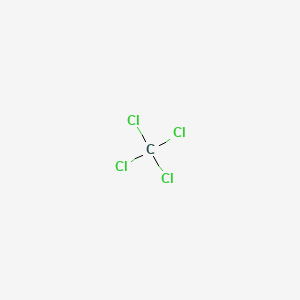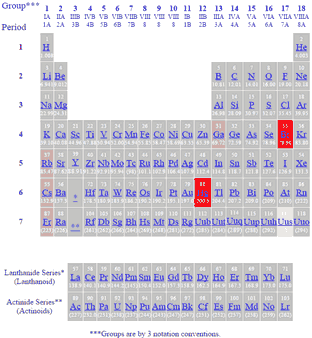Bromine is the only nonmetal element that naturally takes form as a liquid under normal circumstances.
Why is bromine a nonmetal that remains liquid at room temperature.
35 bromine is a fairly abundant element but has a rare property.
Elements that are liquid at 25 c.
Its properties are thus intermediate between those of chlorine and iodine isolated independently by two chemists carl jacob löwig in 1825 and antoine jérôme balard in 1826.
With enough heating or cooling either element can change state.
Bromine is a chemical element with the symbol br and atomic number 35.
For science it s usually considered to be either 20 c or 25 c.
Why is bromine liquid at room temperature.
It is commonly found in oceanic deposits such as bromine salts where it is harvested for use in many products including dyes flame proofing and sanitizers.
It is the third lightest halogen and is a seething red darker fluid at room temperature that dissipates promptly to frame a comparably shaded gas.
Bromine is a non metallic element found in the halogen group on the periodic table.
It is the only nonmetal to exist in liquid form at room temperature and one of only two elements the other.
It is the third lightest halogen and is a fuming red brown liquid at room temperature that evaporates readily to form a similarly coloured gas.
The chemical element with the atomic number 35 bromine is a non metal that remains liquid at room temperature.
It easily evaporates and in its gaseous state has a smell similar to that of chlorine.
Mercury also remains liquid at room temperature but it is a metal.
At this temperature and ordinary pressure only two elements are liquids.
It has a tendency to gain an electron to form ionic.
Room temperature is a loosely defined term that can mean anywhere from 20 c to 29 c.

























